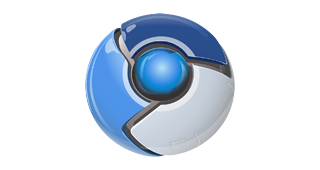As if now people have seen sensing virtual reality by means of sound as well as sight so far. Now you will be able to experience the sense of your touch in the virtual world as well. You will be able to touch any virtual objects as thanks to this new pair of gloves. This new green and black gloves have been developed by a Spain-based tech company NeuroDigital Technologies and the glove are currently being called as "Gloveone". These gloves will make you feel all the sensations like that weight as well as shape during the interaction of the user with the virtual objects.
According the reports published, the developers of the gloves are claiming that the wearer of the gloves will be able to feel the fire and the rain as well as something very ethereal like the wings of butterfly.
What is the technology all about?
The technology has the ability to translate the touch sensation in the form of vibration and each of the pair has nearly 10 sensors which have been placed in the fingertips and the palm. Four of these sensors which have been placed in the thumb, plan, middle as well as index fingers have the ability to detect out each other. They will allow the users to grab an apple and even fire a gun.
These gloves also comprise of a 9-Axis inertial measurement unity also known as the IMU sensor and this can be easily placed under the gloves. An IMU sensor is mostly used in a manoeuvre aircraft, which has the ability to record orientation, velocity as well as gravitational forces by means of gyroscopes, accelerometers, as well as magnetometers.
When it comes to Gloveone, this sensor will be tracking the hand movements of the users within the virtual work and be able to offer more realistic experience. The company has been able to further describe the sensation behind wearing these gloves in simple words stating that it is like a realistic perceptual illusion. This means that the users will not be able to feel the actual weight of the virtual object which should be similar to that one the same object in the real life.
But the users will be able to compare the weight of the items inside the virtual world. Reports suggest that the company has finalized the prototyping the product and has been able to create a Kickstarter page that will allow them to raise finance for manufacturing the gloves.
Currently people have the option of buying the gloves as they are available in three sizes. Each of these sizes is sweat proof as well as anti-bacterial and also has been fitted with a Bluetooth wireless connection. A pair of gloves has the ability of offering the user more than four hours of overall battery life. The only downside for the customers is that they have to wait till 2016, till they will be able to enjoy any of the virtual work experience by means of this Gloveone.








